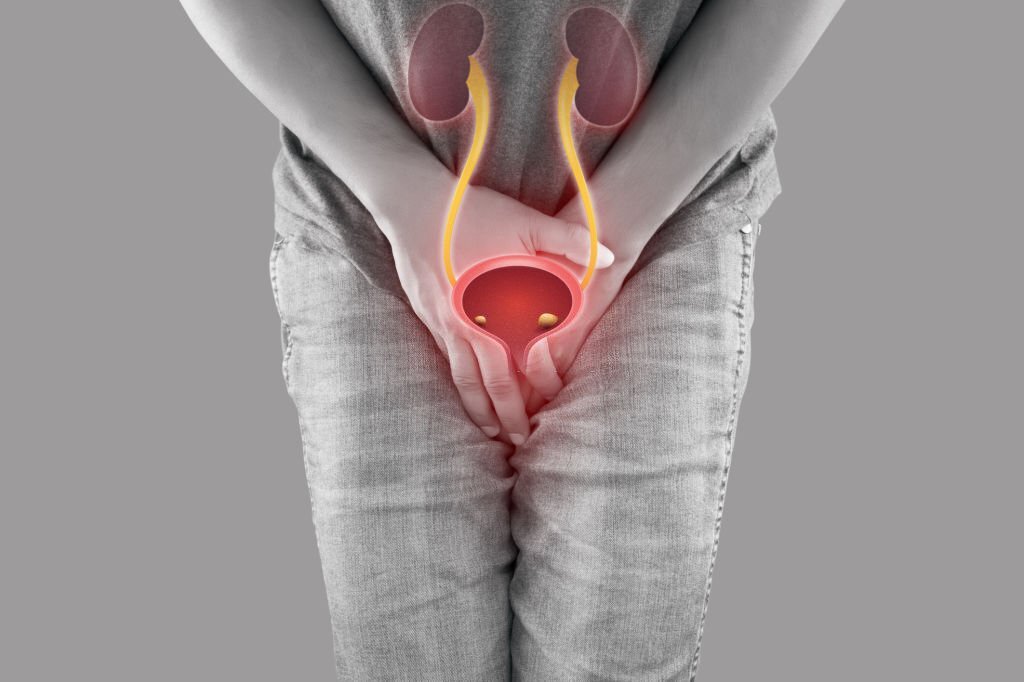Bladder Stone Treatment Punjab
What is Bladder Stones?
Bladder stones cause due by the deposition of minerals in the bladder. When you are unable to empty your bladder, it leads to the formation of concentrated, stagnant urine which becomes crystallized. This leads to the formation of bladder stones. They usually do not show any symptoms and it is quite likely that they discover when other problems are getting tested. if symptoms are there, they may be in the form of abdominal pain or blood in the urine. Bladder stone removal is available at many clinics across Punjab.
Symptoms
- Pain or discomfort in the penis in males.
- Pain during urination
- Increased urination frequency
- Interruption in urine glow
- Blood in the urine
- Cloudy urine or urine with dark colour.
Causes
They happen when the bladder will not empty. The leftover urine can form crystals that become stones over time. Mostly, an underlying condition causes the bladder to be incapable of emptying itself. The main causes may be:
Prostate Gland Enlargement
The enlargement can cause the urethra to compress and interrupt the urine flow, which leads to incomplete emptying of the bladder.
Neurogenic Bladder
The nerves perform the function of carrying the messages from the brain to the bladder to tighten or release the muscles. Damaged nerves, which could be due to spinal cord injury or a stroke, may prevent your bladder from emptying.
Inflammation
Bladder stones may occur if the bladder faces inflammation. UTI and radiation therapy in the pelvic area may cause inflammation of the bladder. Likewise, the insertion of medical devices like catheters can lead to bladder stones. Kidney stones also could cause travel to the bladder and become bigger, leading to bladder stones.
Diagnosis
Physical Examination
The doctor will inspect your lower abdomen to find out if the bladder shows an enlargement. A rectal examination may also perform in some cases. The patient should also be careful about urinary symptoms.
Urinalysis
It will involve the collection of your urine and examination of the sample for blood, bacteria, and crystallized minerals. It will also help in determining the presence of UTI, which can also lead to bladder stones.
Spiral Computerized Tomography (CT) Scan
A spiral CT scan is a speedier version of the conventional CT scan. It performs the task faster and more precisely. It is a highly sensitive test and can detect even the smallest bladder stones.
X-Ray
We can use this old method to detect the presence of stones in the urinary system, but it might not be able to detect stones.
Special Imaging of your Urinary Tract (INTRAVENOUS PYELOGRAM)
It is a test that uses contrast material to show the urinary tract organs in a highlighted manner. The test involves an injection of the material into the veins which flows into the kidneys, ureters, and bladder. It outlines all the organs as it passes through them. X-ray pictures are taken at specific points in time to detect the presence of stones.
Treatment
Bladder Stones treatment varies according to the size of the stone.
Small Stones
Small stones may remove by drinking lots of water. This enables the item to move and pass out of the system. But this method is useful only in the case of small stones.
Big stones
Cystolitholapaxy is the procedure of breaking the stones. It involves the use of a cystoscope which inserts through the urethra to view the stone. This performs with the help of a camera fitted at the end of the cystoscope. After locating the stone, the doctor breaks the stone into smaller pieces using a laser, ultrasound, or mechanical device. The surgery performs after administering general or local anaesthesia. The surgery is usually safe but it can lead to UTI, tearing of the balder, or fever. Antibiotics may give to reduce the chances of infection. The doctor will check for the presence of stones after one month of the surgery.
Surgical Removal
Some stones which are hard to break can remove by surgery only. Open surgery involves making an incision in the bladder area and removing the stones. The doctor can also rectify an enlarged prostate at the same time if it is there.


